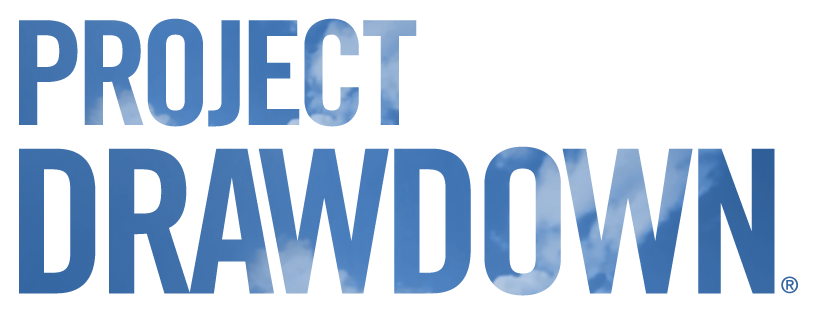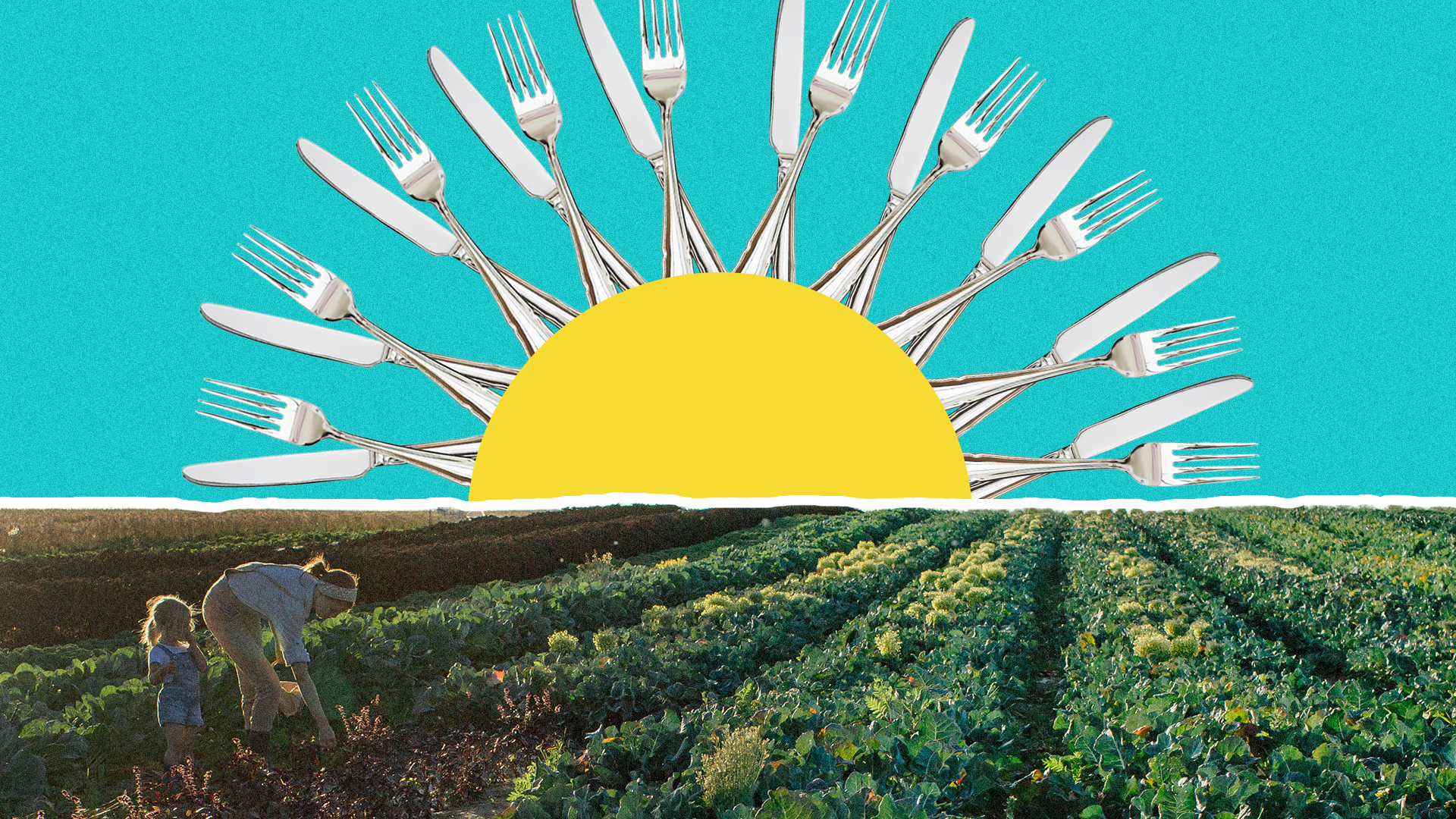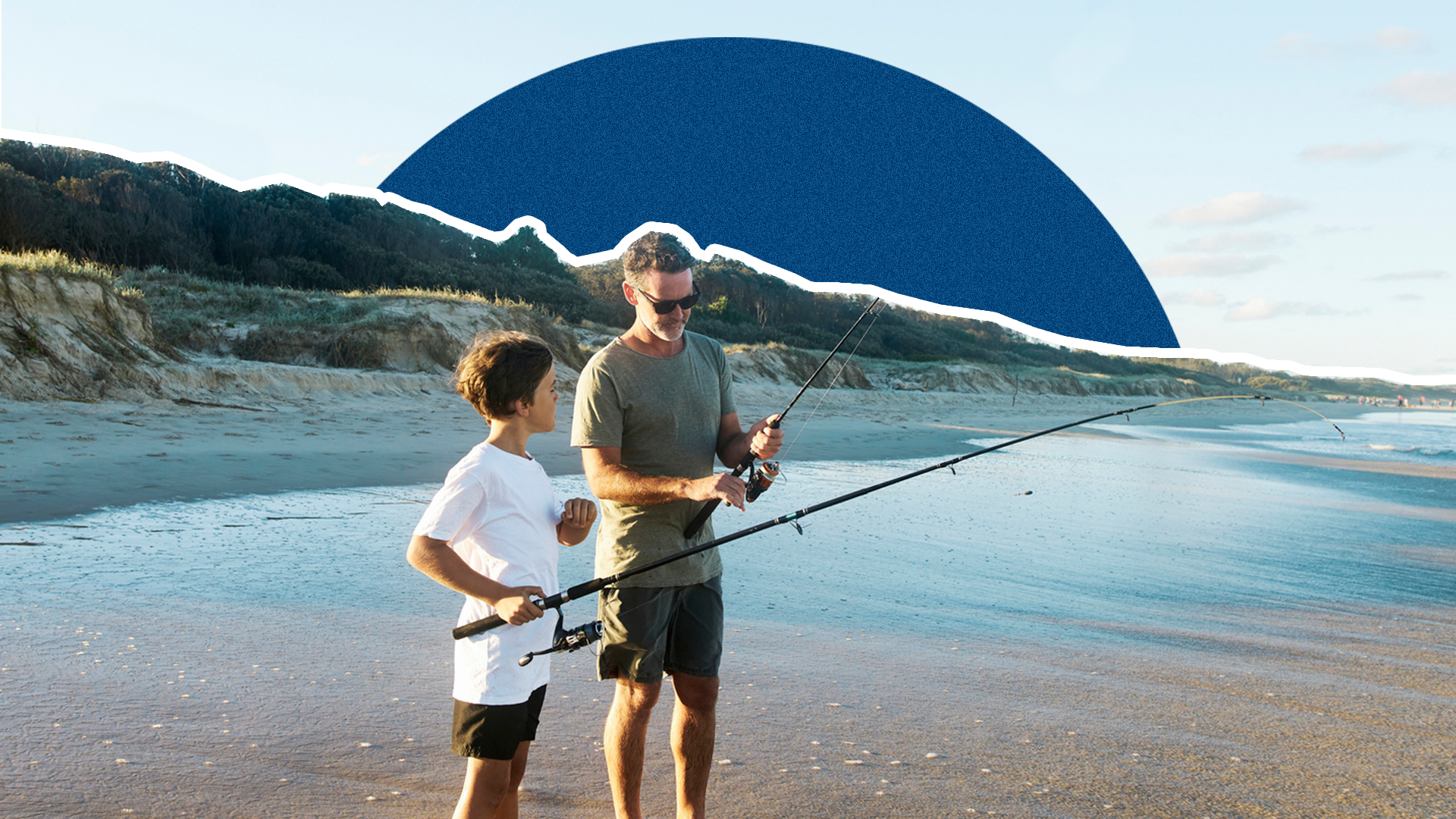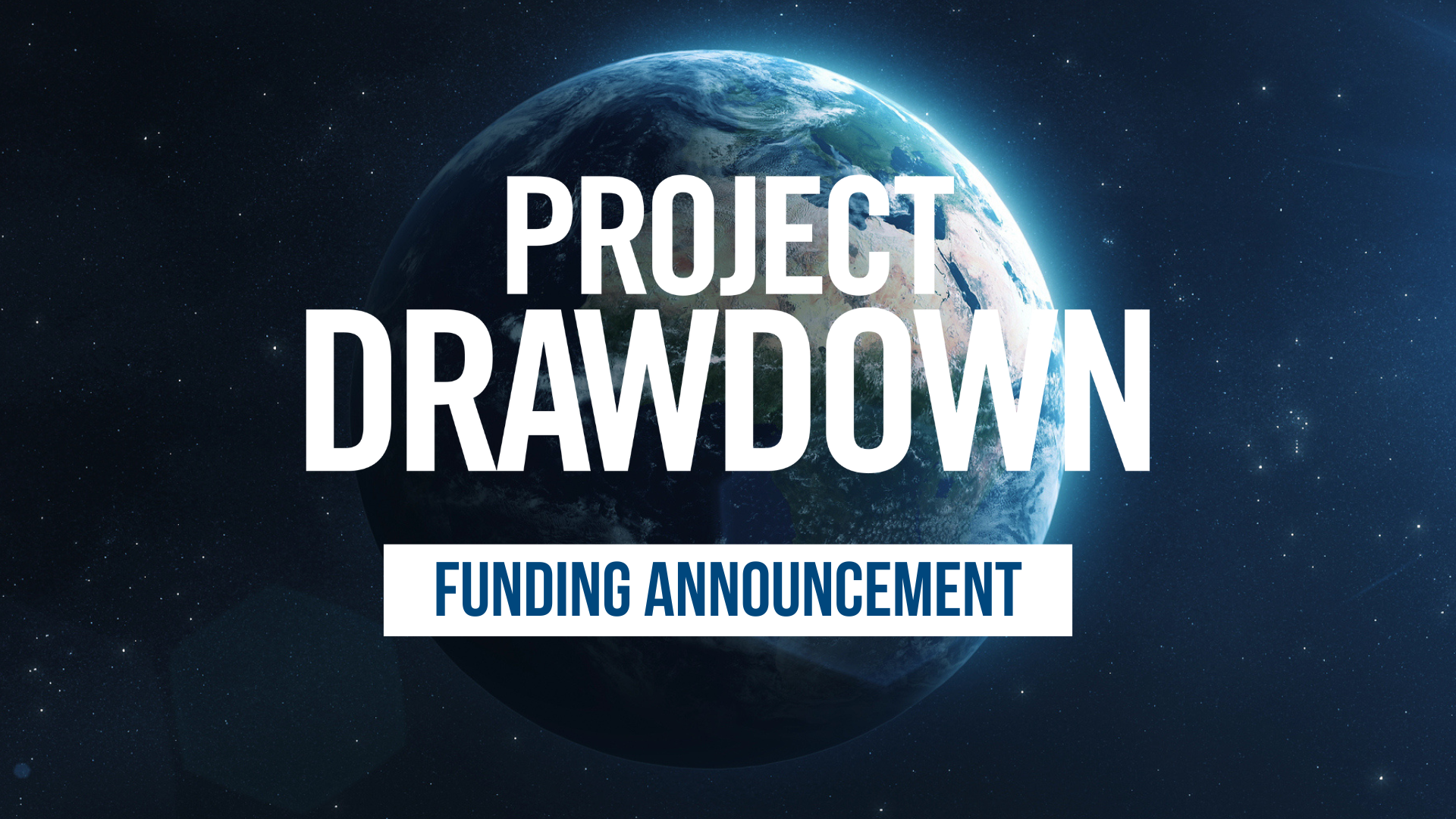Drawdown Science Profile: Tina Swanson
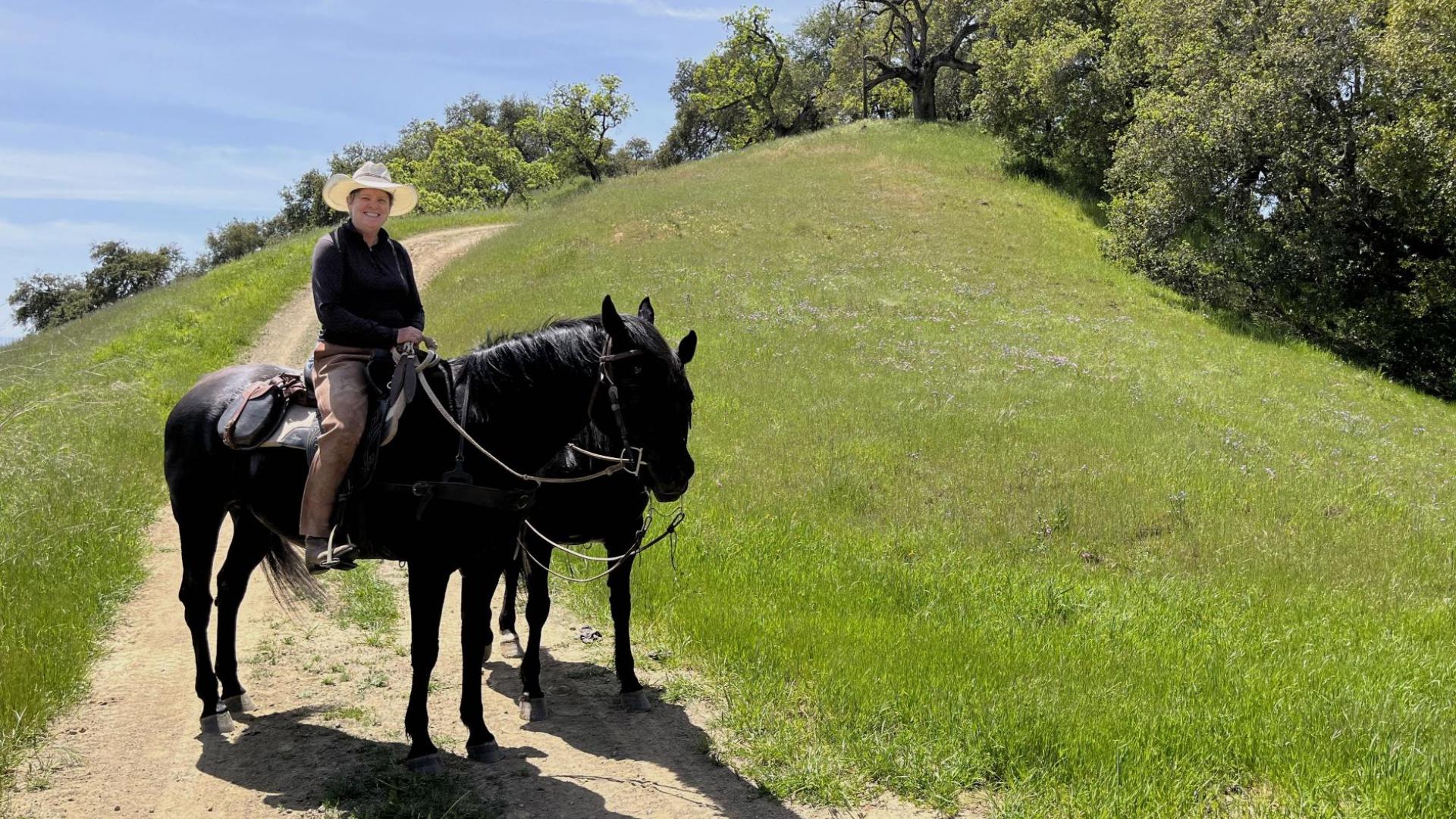
This article is the sixth in a series introducing the members of Project Drawdown’s science team.
Tina Swanson joined the Drawdown Science team as a visiting scholar in June 2023. An environmental scientist with a background in cross-disciplinary research and engagement at the science/policy interface, she is passionate about applying science to benefit society.
Tina comes to Project Drawdown with more than two decades of experience in the environmental nonprofit arena, including with The Bay Institute and the Natural Resources Defense Council (NRDC).
Here, Tina explains why Project Drawdown is the perfect next step in her long and illustrious career, describes how she once found herself clinging to a ship’s mast high above the ocean, vouches for the therapeutic value of punching clay, and more.
Q: What is your role with the Project Drawdown Science team?
A: I bring to Project Drawdown a very broad expertise and knowledge base, and I hope one of the values I offer is to help periodically identify some of the cross-connections and synergies that my teammates may not have yet considered. I want to complement their expertise, which is very deep and very impressive, with some of my experience with how the policy arena works in its intersection with science.
Q: Why Project Drawdown?
A: I have been a scientist working at the intersection of science and policy for more than 20 years. I went into it as a very deliberate professional decision after a number of years in academia because I wanted to be in a position to say, “This is what the science says, and based on what the science says this is what you should do.”
When I left NRDC, I was not quite ready to retire. Climate change is such an urgent and existential problem that I felt an obligation to stay engaged. I was drawn to Project Drawdown because it’s a science-based organization devoted to the solutions rather than just defining the problem. I think we need to apply more science to the solutions—not just what they should be, but how to get them into the world.
Q: Do you have pets?
A: I do! A dog, Griffin, half German shepherd and half Dutch shepherd. A cat, Tess, and a splendid horse, Shiloh. I have a fish tank, too. I’m a fisheries biologist, so I always have a fish tank. I can’t imagine life without them.
Q: What’s the scariest thing you’ve ever done on purpose?
A: When I was in college I did a semester-long program at Woods Hole and spent six weeks on a 100-foot-long topsail schooner in the Caribbean and Atlantic. I’m afraid of heights, and one of the things I made myself do is climb up the shrouds to the working platform on the mainmast. It was really high above the ocean and swayed sickeningly as the ship sailed. Once was enough!
Q: What superpower(s) do you bring to this job?
A: I think what I bring is a result of decades of experience working in this arena—an interest and ability to see the big picture and an understanding of where the various knobs and levers are for being able to effect change. Another really important thing is a sense of both humility and humor.
Q: What gives you hope?
A: What gives me hope is being able to work with people at Project Drawdown as well as other organizations that are working really, really hard to solve the problems we have and to do it in ways that work. The best solutions are the ones that will solve the problems and also provide other useful co-benefits. I have hope that we can solve this. I do not underestimate how much of a challenge it's going to be, but I have hope.
Q: What makes you crazy?
A: The thing that makes me the craziest is the increasing ability of people to ignore and resist factual information. As a scientist, that maddens me because all of my training and personality are like, “Figure out how something works based on the facts, and respond in kind.” I’m maddened when people instead rely on magical thinking designed to support their preconceived notions.
Q: Do you have a happy place?
A: Out in the California countryside riding a horse.
Q: Tell me about your artwork.
A: I started taking classes in ceramics sculpture when I was at UC Davis, partly to counterbalance the intense research, analysis, and number crunching part of my life. I use a technique called handbuilding to sculpt human and animal figures, vessels, and tiles. I’ve sculpted a lot of fish.
I find working with clay very therapeutic, both physically and mentally. To push and mold and smack and craft it into shape is very satisfying. It’s an exercise in three-dimensional thinking. I would recommend it to anybody.
Press Contacts
If you are a journalist and would like to republish Project Drawdown content, please contact press@drawdown.org.
